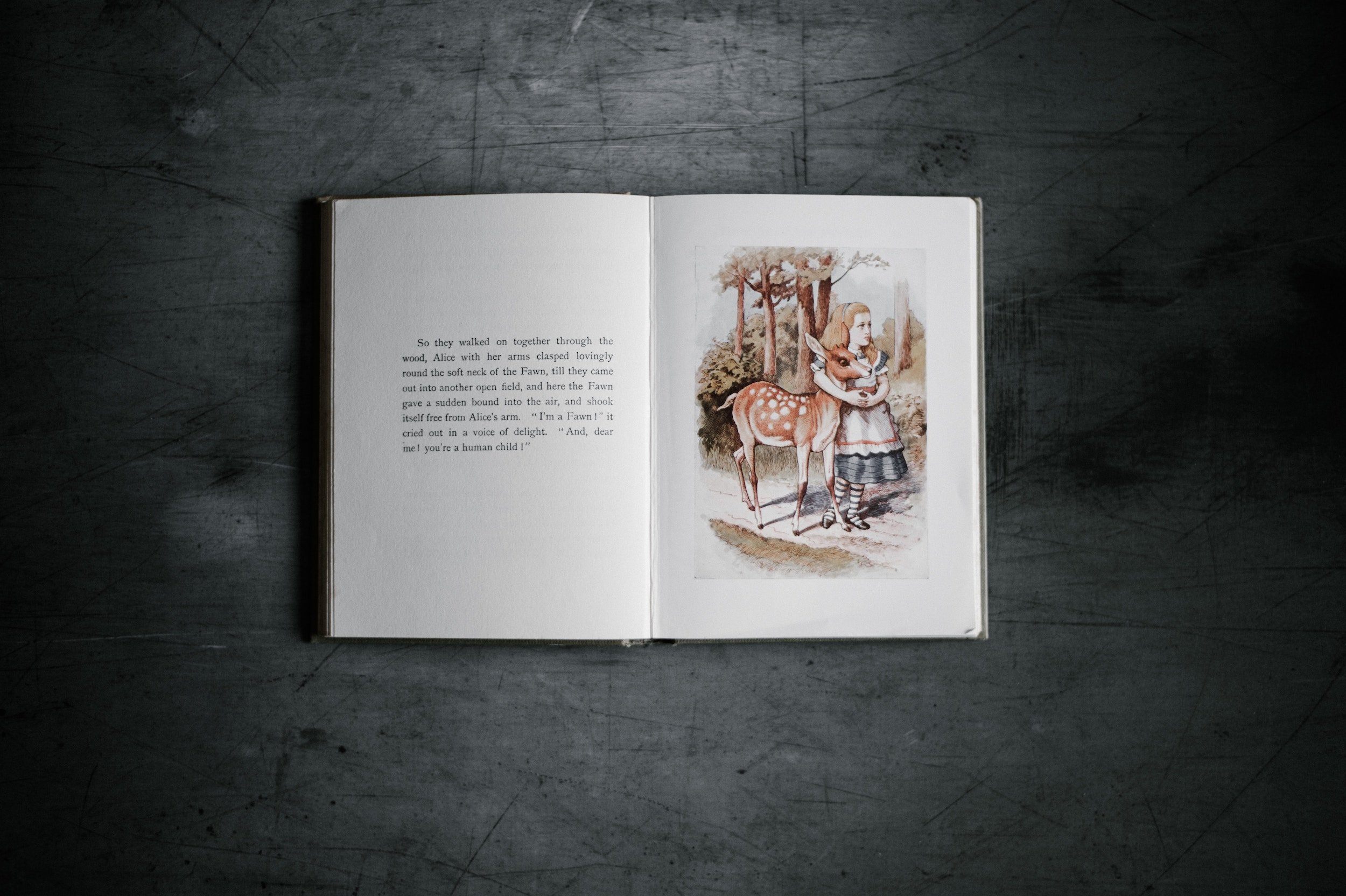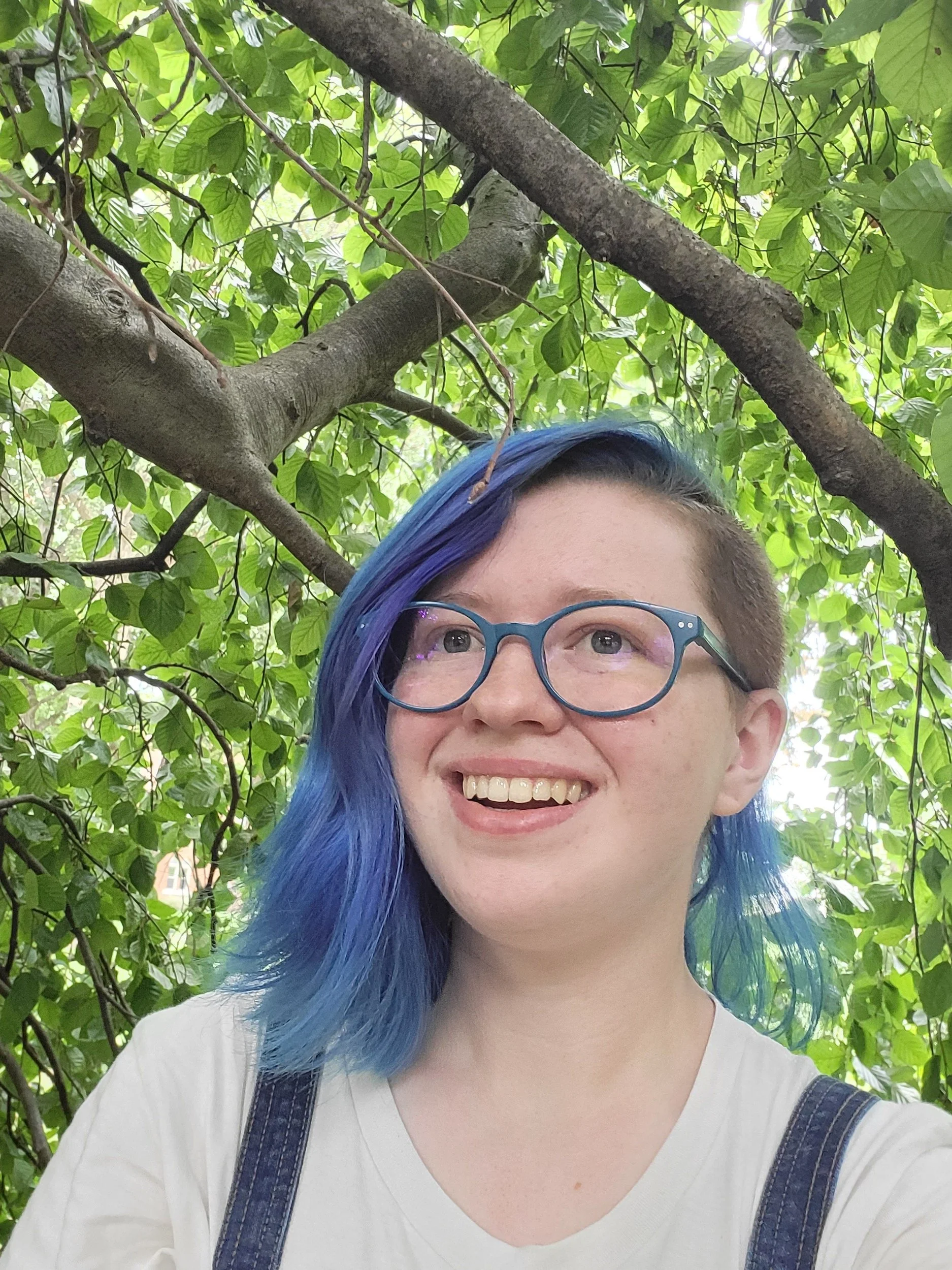Justice for Picture Books
Making Children’s Books Part of the Literary Canon
Why don’t we value the works that we create for our young people? Well, to an extent, we do, but it’s not the same as how we treat art created for adults. I asked my friend who studies biomedical sciences about his favorite book, and he told me it was Margaret Wise Brown’s Goodnight Moon, though he also greatly appreciates Marcus Pfister’s The Rainbow Fish (he did not know either author by name). It is not that he has not read other books since then, rather that he still regards them as his favorites despite this. He has certainly read other books held in higher regard by the literary world, including Emile Bronte’s Wuthering Heights, Kate Chopin’s The Awakening, and John Steinbeck’s Of Mice and Men, but all are bested, in his mind, by a pair of children’s picture books.
Children’s literature is often defined as any book with the intended audience being children or young adults, from which there are different forms and genres usually defined by age. The main sectors of children’s literature include board books, picture books, middle-grade books, and young adult books. The children’s book industry accounts for a large sector of publishing, and all of the Big Five publishers boast children’s imprints under their name. Children’s books are both a large sector of the publishing industry and the greater media pitched to those in their developing years. Books are one of the main ways that young people receive new information. Books aid in the development of language and critical thinking skills, presenting new ideas to readers. Children’s literature, in this way, is not only an essential part of modern publishing but of modern society, and yet, they often go overlooked as pieces of art and culture, especially those for the youngest audiences: picture books. How can we, as a society, rely so desperately on children’s media to supplement education in both social and practical spheres without placing artistic value on the works themselves or the artists that create them?
The Oxford Handbook of Children’s Literature presents the claim that newcomers to the study of children’s literature often assume that the expertise needed to analyze these books is easy to come by. Perhaps this is where the biases against children’s literature stem from. The notion of ease. The apparent simplicity of children’s literature actually lends to its complexity, being that these books have to be simple, as they are for children, but they are designed to be so. In some cases, writing understandable, age-appropriate material that appeals to both children and parents is perhaps more difficult than writing a novel just for adults. Perhaps it is not considered art because the supposed “ease” that is innate in children’s literature means that it took not only less work to analyze, but also less work to create.
Writing a children’s book takes a special talent. They almost always have a moral or practical lesson. Anna Llena’s The Color Monster teaches children about regulating their emotions and helping others do the same, which is not an easy task. I know, even as someone who has worked with young children, I would find it extremely difficult. Empathy is hard to teach, much less to those who need it explained in simpler terms. Not only that, but children’s books always have an audience that is not children, the parents and other caretakers who actually buy the books. Children’s books have to be understandable and appealing to children while also containing some value or lesson that adults are willing to spend money on. For as much knowledge and skill as it takes to write a children’s book that works as it is meant to, very few children’s book writers have been regarded as great writers themselves. It’s easy to remember the adorable bear featured in Corduroy but not the author Don Freeman. What American child hasn’t heard of the famous middle-grade series The Magic Treehouse? Do they remember the author, Mary Pope Osborne? Some, like Roald Dahl and Judy Bloom, become household names, but it is few and far between. No, most children’s books are not art for art’s sake, but they are not being entirely created for profit, either. Children’s literature oftentimes has a message it is trying to deliver, and its lack of presence in the canon, or even a canon of its own, is disconcerting.
Many have tried to establish a canon for children’s literature that is separate from that of what is commonly considered the literary canon, and they have found it difficult. Famous writers W.H. Auden and C.S. Lewis have suggested there is no literature exclusively for children, which aligns with the modern ideas of adults always being a secondary audience of children’s books. Lewis famously said that “a children’s story which is enjoyed only by children is a bad children’s story.” Additionally, a canon for children’s literature was said to be just as pointless as any other canon, even when divided into various headings and subheadings of categories. Other writers, however, have made a case for the existence and canonization of children’s literature, saying that books written for children meet all the qualifications to make them literature. The question still remains, though, as to why children’s literature lacks recognition in the academic sphere, why there are so few children’s books regarded as “classics.”
The only children’s book I was told to read throughout my entire high-school and college career was Harper Lee’s To Kill a Mockingbird. I read it in ninth grade, when I was still on the edge of its intended audience’s age group. I have never been told to analyze the literary moves made in a thirty-page picture book or an early-reader chapter book. None of these sorts of books are eligible to be written about for the AP Literature exam’s essays. This is not to say that the study of children’s literature in the academic field is nonexistent, just rare, especially at the undergraduate level. There could be a myriad of reasons as to why, but as the field of study that is children’s literature is still in its early stages, there are very few clear answers.
I would like to suggest—maybe demand—justice for the art that is children’s books, which are just as foundational as any of the books in the current literary canon. How can an individual expect to properly navigate the world of modern publishing and literature when they completely disregard a major part of it? The notion of stories and media for children is founded in old oral tradition just like many other literary traditions. It deserves to be regarded as a staple form of literature, especially as it serves such an essential role in society as we know it. It is art. It is literature.
Sam Heckler-O’Connor (’23) is a senior creative writing, German studies, and publishing & editing triple major at Susquehanna University. She enjoys taking care of her pet tarantula, making (bad) earrings, and complaining about the languages she chose to study. Next year, she will be attending the University of Rochester for an MA in literary translation, which gives her more opportunities to complain about the languages she pays to study. Sam developed an interest in children’s literature after working in childcare, and she hopes to explore that interest further through translation work. Though she no longer considers herself a writer, Sam does dabble when she’s mad at the world and wants to be mad at something specific.


